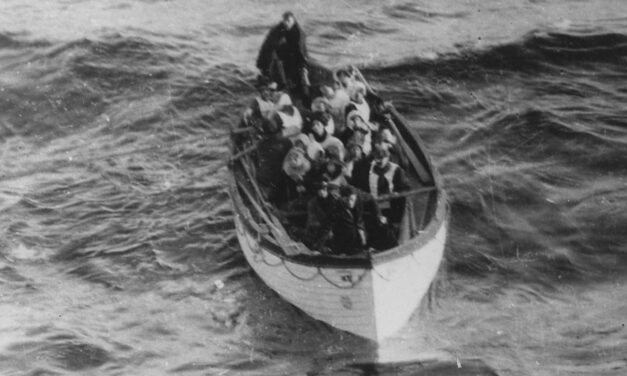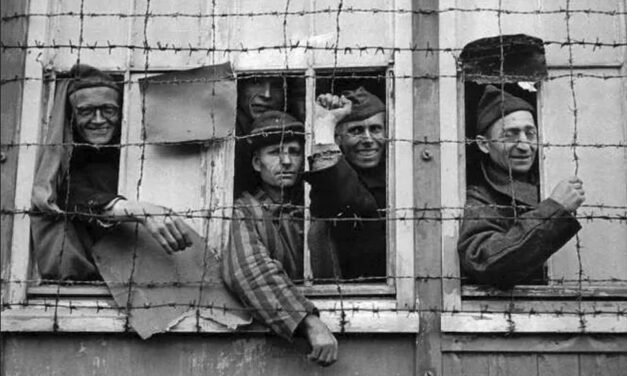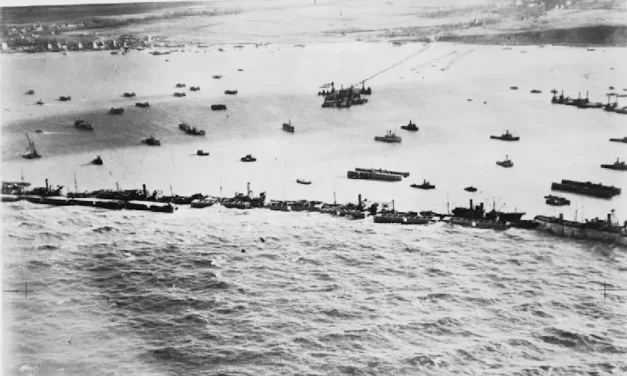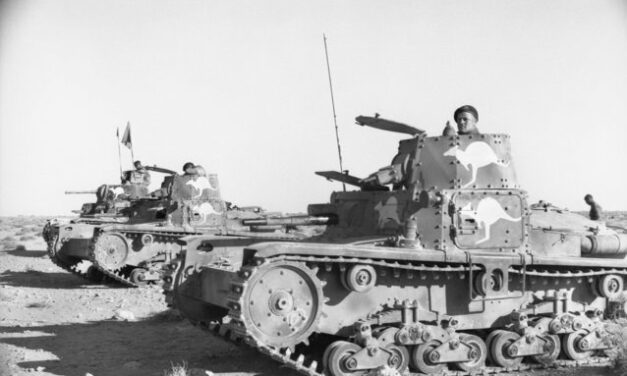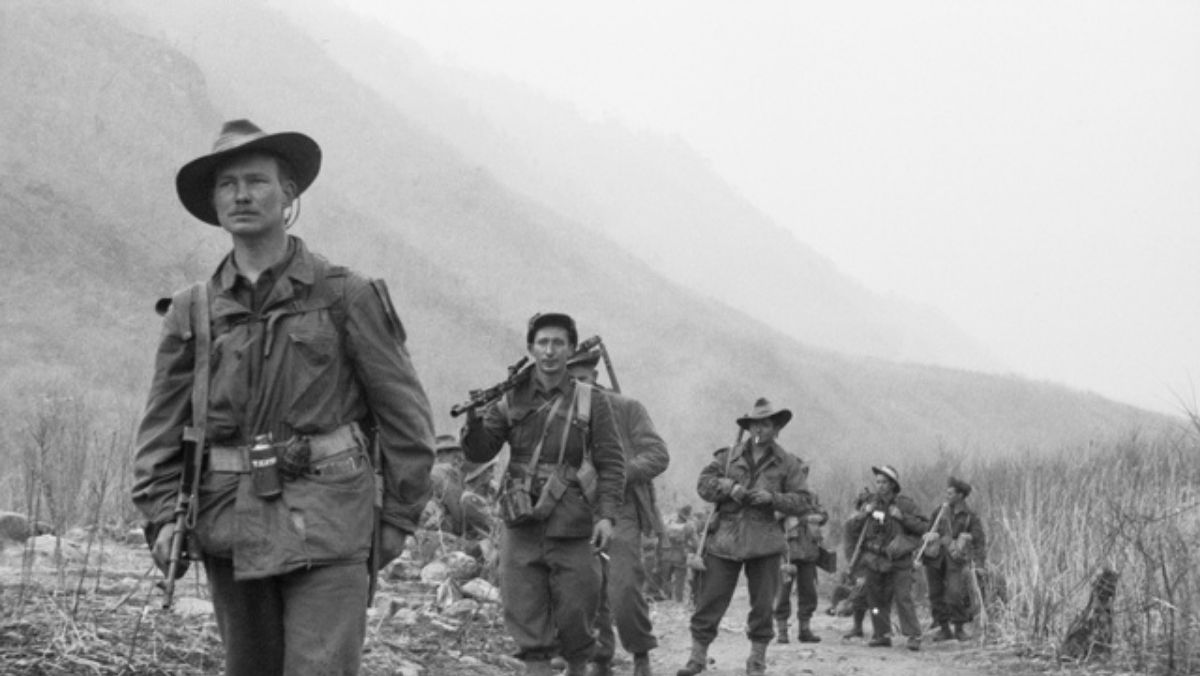The Convention for the Safety of Life at Sea (SOLAS)
Reading time: 5 minutes
The first Convention for the Safety of Life at Sea was prompted by the sinking of RMS Titanic. An attempt to establish basic rules became the most important international treaty about the safety of merchant ships and sea travel.

